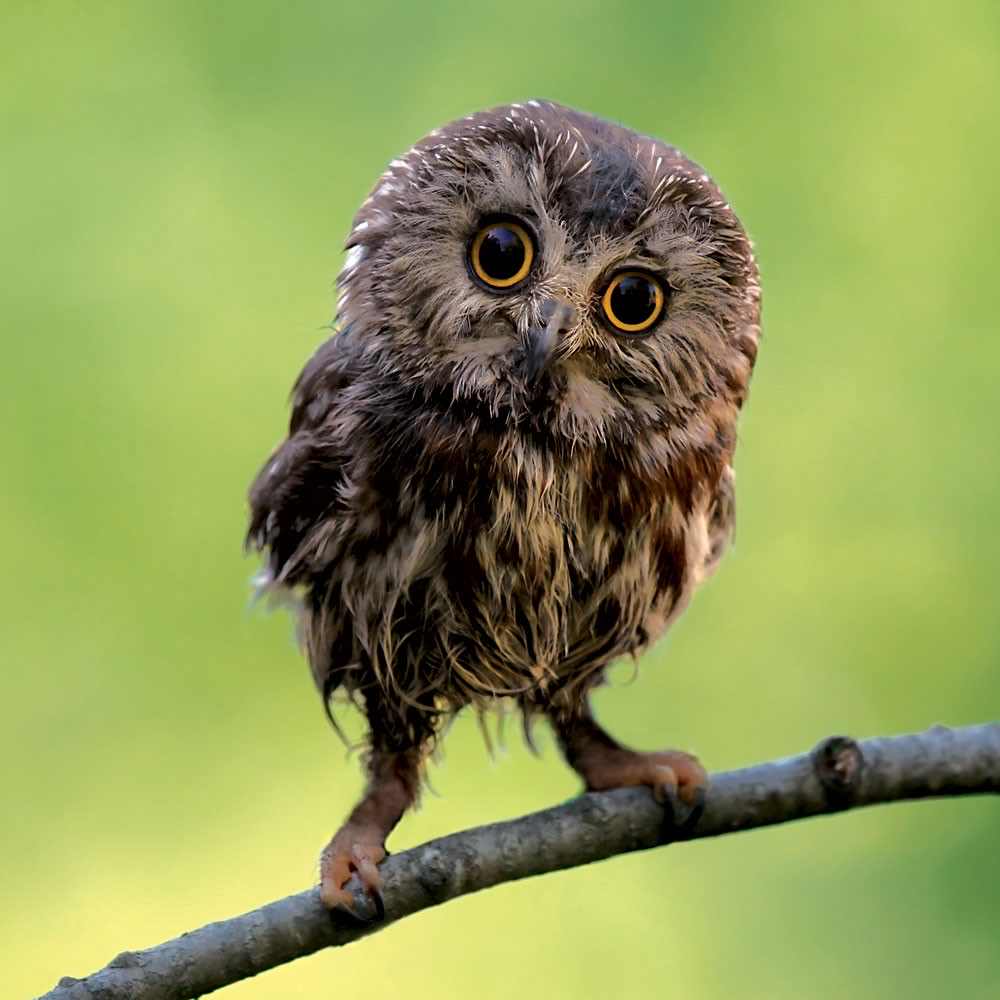Two books I devoured and loved as a kid were Treasure Island and Kidnapped, by Robert Louis Stevenson. What wonderful tales they are! I remember wondering how on earth this Scottish author could possibly know all these amazing things about ships and pirates, buried treasures and deserted islands. What I didn’t know then was that RLS came from a family of lighthouse builders.
Note: See The Lighthouse Stevensons by Bella Bathurst (on my list of "read soon")
RLS's grandfather, father and uncle were all engineers and they built many of the lighthouses off the coast of Scotland, many in seemingly impossible locations. RLS had the sea in his blood but although expected to follow in this great family business, he sought his life’s work in the business of writing, a huge disappointment to his father, to be sure.
Nancy Horan’s Under the Wide and Starry Sky is a fictionalized biography of the author RLS. (Horan’s previous book, Loving Frank was similarly a fictionalized biography of architect Frank Lloyd Wright) Horan has really found her niche with these enhanced life stories. She has done her research – read various biographies, personal diaries and correspondence to and from family and friends – and is able to use direct quotes from these sources while filling in the spaces with imagined events and dialogue. The resulting novel is a convincing portrait of a real person from history.
Under the Wide and Starry Sky opens with an account of RLS’s eventual American wife, Fanny Van de Grift Osbourne, 10 years his senior, who has left her serially unfaithful husband in California and sailed to Belgium with her three young children. The first part of the story centres around Fanny and her resourcefulness through difficult times until she ends up with the elder two of her children, daughter, Bella and son, Sammy (sadly, the youngest son, Hervey died earlier in Paris of scrofulous TB) in Grez-sur-Loing, a French resort town well-known among the artist community. It is here that she encounters the Stevenson brothers – Bob and his cousin, the writer, R. Louis and their friends. Louis falls immediately for Fanny.
Eventually, Fanny secures a divorce and marries Louis. Throughout the rest of his life, she is his right hand, pulling him through many serious illnesses and encouraging his writing efforts, all while nursing her own artistic aspirations. Unfortunately, RLS, who suffered from a very severe hemorrhagic lung condition throughout his life, was a frequent visitor to death’s door. Fanny nursed him, fought for him and moved around the world with him in an attempt to find a place to live that was agreeable for his lungs: Switzerland, the south of France, the south of England, California and eventually island-hopping in the South Seas. Each time Stevenson set sail his health improved dramatically while Fanny suffered terribly from sea sickness. Each time they settled somewhere on land Fanny’s health improved and Louis went downhill again.
Finally, Fanny, Louis and Fanny’s two (adult by this time) children and even at times Maggie Stevenson, Louis' widowed mother found a happy medium and a fulfilling life for all of them in Samoa where they lived for several years and that is where RLS eventually died, though not from his lung problem but from a sudden stroke at age 44. He is buried at the top of Mt. Vaea in his beloved Samoa
One of the fascinating parts of reading about the Stevensons' lives was to learn of the interaction between them and their contemporaries - people like Thomas Hardy, William Henley and Henry James and the art critic, Sydney Colvin. A shout-out to those who have read Molokai by Alan Brennert: during his travels, Stevenson visited the leper colony there shortly after the passing of Father Damien.
Nancy Horan’s account of Louis and Fanny’s real-life adventures between 1875 and 1894 is so interesting. They were a busy passionate couple with a thirst for wellness and art. With each partner having strong personalities, they didn’t always agree but in the end they were a firm support for each other during illness and tough times. When you think about it, we often don't really know that much about the people in our own lives, so it was a wonderful privilege to look through a window into this family's private life.
Fictional Stevenson:
When he looked back on his own career, he thought the only real genius he possessed as a writer was pure doggedness. He had written propped up in bed, lying down, with scorching fevers and shivering chills, between coughs and hemorrhages, through bouts of scrivener’s cramp that rendered his right hand a useless red claw.
If craggy coastlines treacherous with submerged rocks had been the ground where his ancestors proved their valor, the sickbed had been his battlefield. Any honor he’d won had been earned there. Yet what good had it been?
******
In the end, what really matters? Only kindness. Only making somebody a little happier for your presence.
Very last words for the real Robert Louis Stevenson, a requiem that he wrote in hopes of having it inscribed on his tomb, which it is. Louis loved the Samoans and was, in turn, well beloved by them. This poem, converted to Samoan language in song, is still sung there to this day.
Under the wide and starry sky,
Dig the grave and let me lie
Glad did I live and gladly die,
And I laid me down with a will.
This be the verse you grave for me:
Here he lies where he longed to be;
Home is the sailor, home from sea,
And the hunter home from the hill.
Note:
An added synchronicity: Just by chance, I presently have a book home from the library and have just read the opening few pages:
The Last Bookaneer, by Matthew Pearl
It's a fictional account of literary thieves/pirates in the late 19th century who intersect with Robert Louis Stevenson during his final days in Samoa as he struggles to complete a new novel. I'm sure it will be extra interesting for anyone who has read Under the Wide and Starry Sky.
























































